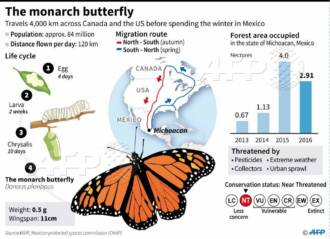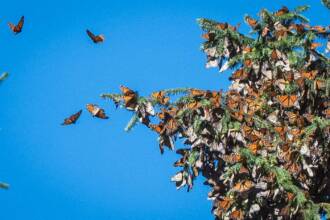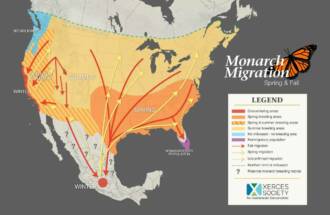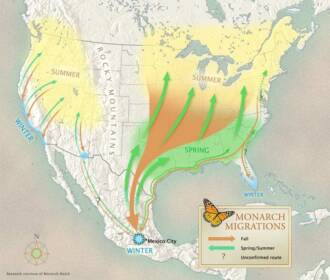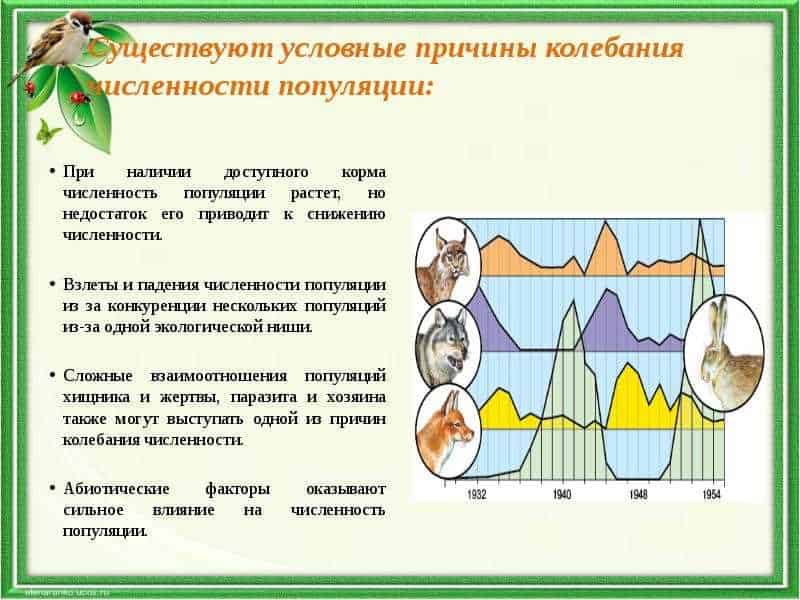
Butterfly migrations are an amazing natural phenomenon that attracts the attention of scientists and nature lovers from all over the world. These small and colorful insects conquer great spaces, traveling tens and even hundreds of kilometers to find suitable conditions for reproduction and survival. The study of butterfly migration plays an important role in the conservation of their population, as it allows you to learn about their routes, obstacles and defense mechanisms.
One way to study butterfly migrations is to use radio tags. Scientists attach small radio transmitters to butterflies that allow them to track their movements over long distances. Such studies provide information about the exact routes and timing of migrations, as well as understand what factors affect the success of these movements.
The study of butterfly migrations is of practical importance for the conservation of their population. Butterflies are important plant pollinators and are also food for many animals. By learning about migration routes, scientists can take action to maintain and improve the conditions necessary for successful butterfly migration. The studies also make it possible to identify vulnerabilities on the routes and take measures to protect them from the destructive effects of humans.
The study of butterfly migrations also helps to better understand the processes of evolution and adaptation in nature. Through their migrations, butterflies develop various survival strategies, adapt to changing environmental conditions and learn to overcome obstacles in their path. Butterfly migration studies expand our knowledge of the biodiversity and unique adaptations of the insect world.
Thus, the study of butterfly migrations is an important tool for the conservation of their population and understanding of processes in nature. These studies are helping us to better understand the life cycle and behavior of butterflies, as well as take action to preserve their migratory routes and eliminate the potential threats these amazing creatures face.
Why is the study of butterfly migration important?
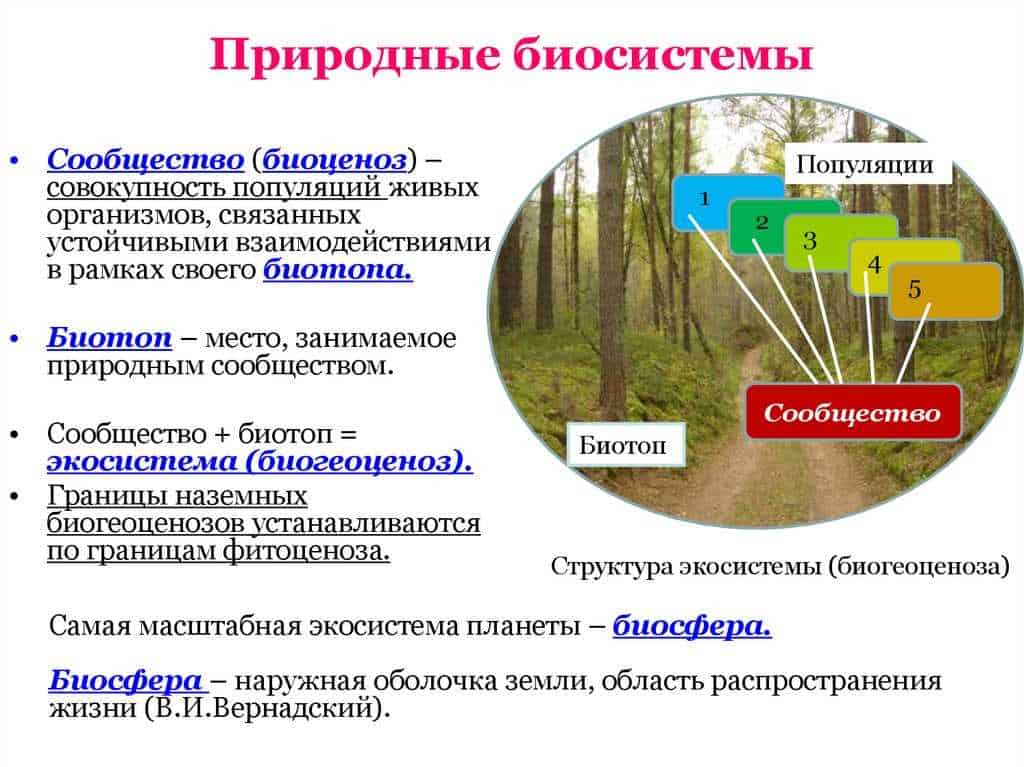
1. Understanding the ecosystem: The study of butterfly migrations provides valuable information about the state of the ecosystem. Butterflies are important plant pollinators and their migrations are associated with changes in climate and food availability. Studying these migrations helps us better understand what factors influence biodiversity and ecosystem resilience.
2. Population protection: Butterfly migrations can be disrupted by a variety of factors, including habitat loss and climate change. The study of migrations allows you to identify vulnerabilities in the migration route and develop measures to protect the population. This may include the establishment of nature reserves and protective corridors, as well as the control of pesticide use and farming intensity.
3. Warning of global changes: Butterfly migrations can serve as an indicator of global changes in the environment. Changes in the path of migrations or when they start and end may be indicative of climate change or the impact of human activities. Studying these migrations allows us to more accurately predict global changes and develop measures to mitigate them.
4. Education and propaganda: The study of butterfly migration can be used for educational purposes to promote environmental protection and combat climate change. Watching butterfly migrations can inspire people to take care of nature and take an active part in its conservation. It also contributes to the development of scientific thinking and cognitive skills.
The study of butterfly migrations is an integral part of the conservation of the population and the environment in general. It provides valuable information about the state of the ecosystem, helps protect populations and prevent global change, and promotes environmental education and advocacy. It is an important tool for our future and the future of our planet.
Butterfly migration as a natural phenomenon

Butterfly migration is one of the most amazing and mysterious natural phenomena. Every year, millions of butterflies make long flights, moving hundreds and even thousands of kilometers. This phenomenon occurs not only in butterflies, but also in many other species of insects, birds and animals.
Butterfly migration has its own characteristics. First, it occurs with a certain cycle and at a certain time of the year. For example, in monarch butterflies, migration occurs annually in the fall, when they fly south to warmer places. Secondly, butterflies choose certain routes and directions, which are often hereditary and passed down from generation to generation.
Butterfly migration is essential for their survival and reproduction. During the flight, butterflies look for suitable places to feed and lay eggs. They also take shelter from the cold and other adverse conditions. In addition, migration allows butterflies to expand their habitats and maintain a population at a stable level.
The role of migration in the life of butterflies

Migrations are an integral part of the life cycle of many butterfly species and play an important role in their survival and reproduction.
Before the start of migration, butterflies undergo a process of metamorphosis, as a result of which the caterpillar turns into a chrysalis, and then into an adult butterfly. When it's time to migrate, the butterflies gather in large groups and set off on their journey.
Migrations allow butterflies to escape adverse environmental conditions and find more suitable places to live and breed. Some species of butterflies migrate hundreds or even thousands of kilometers over obstacles such as mountains, rivers and oceans. They use various landmarks such as the sun and the earth's magnetic field to find their way.
Butterfly migrations are essential for population conservation. During migrations, butterflies carry pollen from one place to another, which contributes to the pollination of plants and the conservation of biodiversity. Butterflies are also a food source for many animals, including birds and bats, and their migration plays an important role in the food chain.
However, butterfly migrations also face threats. Climate change, habitat destruction and alteration, pesticide use and environmental pollution have a negative impact on butterfly migration and threaten their survival.
Features of butterfly migrations

Butterfly migrations are an amazing phenomenon that occurs in various species around the world. One of the characteristics of butterfly migrations is their ability to cover great distances in search of suitable places for breeding and feeding.
There are several types of butterflies that make long migrations, overcoming thousands of kilometers. For example, monarch butterflies travel from North America to Mexico and back every year, covering a distance of up to 4 thousand kilometers. This amazing journey takes several generations of butterflies.
One of the reasons butterflies migrate is to find favorable conditions for breeding and feeding. They seek out areas with a variety of vegetation that provides sufficient food for their larvae and adults. Butterflies also migrate to avoid adverse conditions such as low temperatures or dryness.
In the process of migration, butterflies use various navigational methods. They can navigate by the sun, stars, or the Earth's magnetic field. Some species of butterflies can also use scents and visual cues to find their way.
Butterfly migrations are an important factor for population conservation. They allow butterflies to colonize new territories and prevent individuals from congregating in one place, which can lead to food shortages and increased competition. Studying the migrations of butterflies helps scientists understand their behavior, develop measures to conserve their habitats, and take action to protect endangered species.
Butterfly migrations and climate change
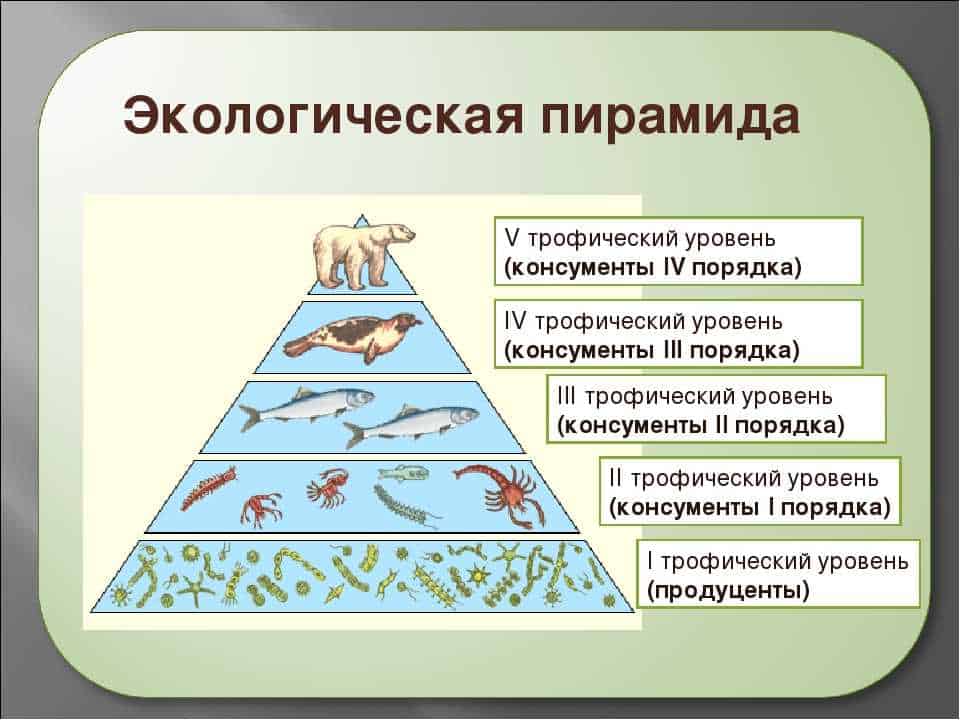
Butterfly migrations are an important phenomenon that is directly related to climate change. Climatic conditions have a significant impact on the behavior and migration of butterflies, as they depend on food availability, temperature, and seasonal changes.
Changing of the climate can become a serious threat to butterfly migrations. Global warming and ecosystem change can lead to a decrease in food availability and a deterioration in the conditions for reproduction and survival of butterflies.
One of the main factors affecting the migration of butterflies is the change in seasonality. With climate change, the times and length of the seasons change, which can affect the behavior of butterflies. For example, butterflies that previously migrated at certain times of the year to breed may experience changes in the availability of plant food and breeding resources.
Climate change may also affect the migratory routes of butterflies. Butterflies usually follow certain routes, which depend on feeding conditions and the weather. If climatic conditions change, butterflies may be forced to change their routes and look for new food sources and breeding sites.
In general, butterfly migration and climate change are closely related and interdependent. Understanding these relationships can help develop strategies to conserve butterfly populations and adapt to changing climatic conditions.
Migrations as an indicator of the ecological state
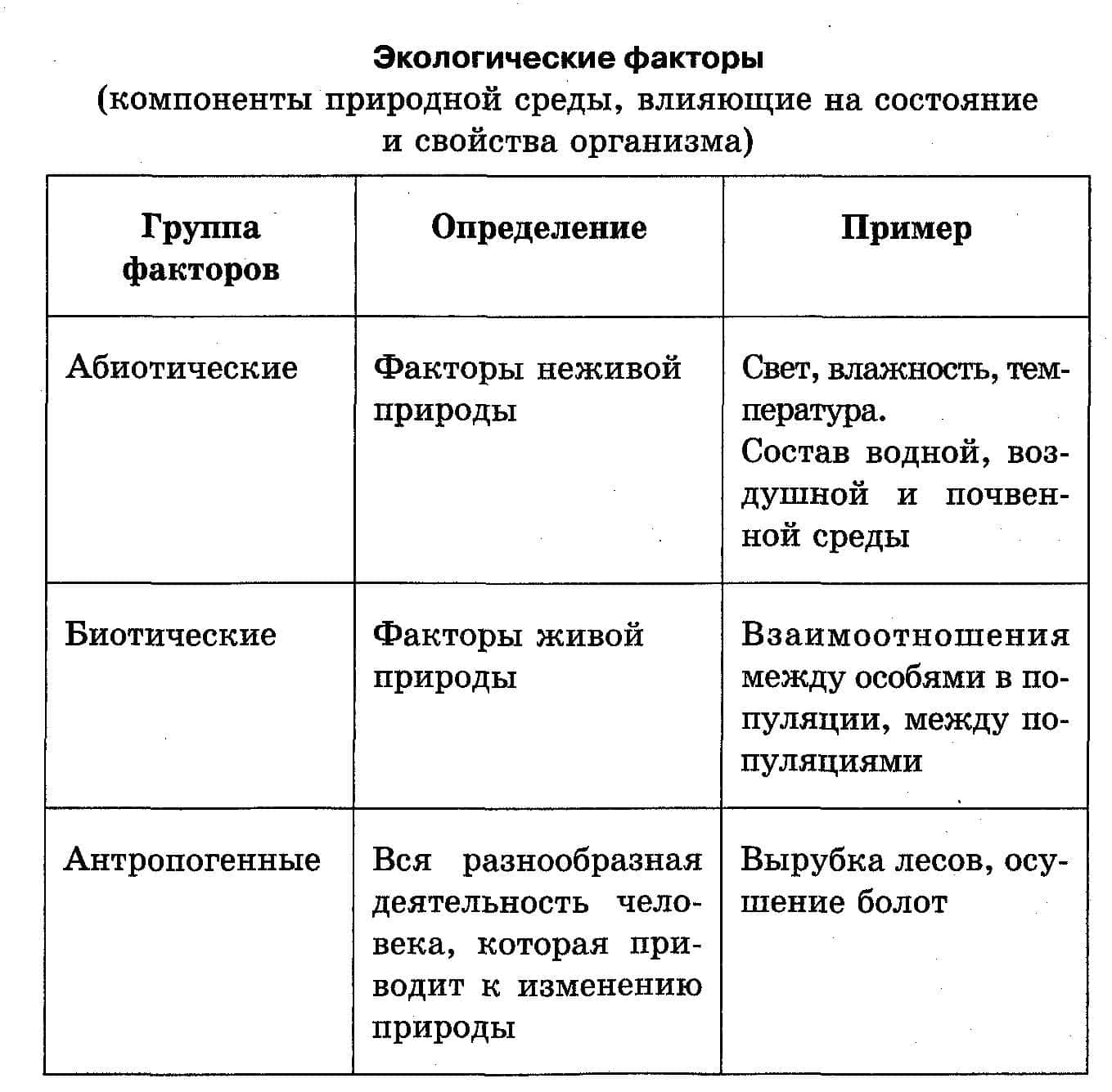
Butterfly migrations are an important tool for studying and analyzing the ecological state. When butterfly populations migrate, they are forced to adapt to changing environmental conditions such as temperature, food availability, and the availability of shelters. These adaptations could provide scientists with important information about what factors influence butterfly populations and what threats they may face in the future.
Butterfly migrations can also serve as an indicator of changes in an ecosystem. If butterfly populations begin to move to new areas or disappear from their usual habitats, this may indicate changes in climate, land use, or the presence of harmful substances in the environment. Scientists can use this data to identify problem areas and develop measures to conserve and restore butterfly populations and their habitats.
The study of butterfly migration can also help predict future changes in ecological status. Scientists can analyze migration patterns and use them to predict what changes might happen in the future and how this might affect butterflies and other species. This allows you to take action in advance and prevent negative consequences for biological diversity and the ecosystem as a whole.
Importance of migrations for conservation of butterfly populations
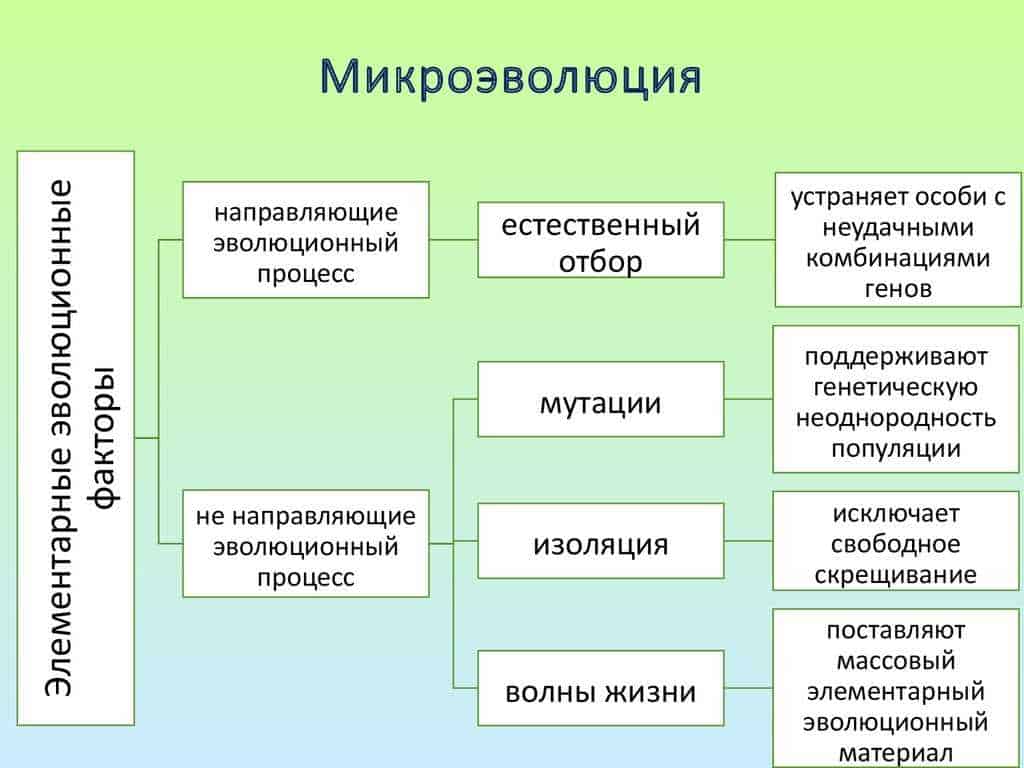
Migrations play an important role in the conservation of butterfly populations and are an integral part of their life cycle. Butterflies migrate from one place to another in search of favorable conditions for feeding and reproduction. This allows them to escape adverse conditions such as cold winters or lack of food.
Butterfly migration also contributes to the genetic diversity of populations. During migrations, butterflies move long distances, which allows them to meet with other individuals and interbreed. This promotes mixing of genetic material and increased genetic diversity, which makes populations more resistant to disease and changing environmental conditions.
In addition, butterfly migrations are essential to the global ecosystem. Butterflies are pollinators of many plants, their migrations contribute to the distribution of pollen and ensure the fertilization of plants. Without butterflies, many plant species would not be able to reproduce, leading to an imbalance in the ecosystem.
Use of butterfly migrations in scientific research

Butterfly migrations are an important object of study in scientific research. Butterflies migrate long distances across borders of countries and continents, which allows scientists to gain valuable information about the many factors that affect their movement and survival.
Studying the migrations of butterflies allows scientists to understand how they navigate in space and time using various mechanisms such as the Earth's magnetic field, the sun and stars. This helps unlock the mysteries of their navigational skills and can be applied in a variety of fields, including robotics and navigation systems.
In addition, studying the migrations of butterflies allows scientists to track changes in their population. Migration may be associated with changing climatic conditions, as well as the destruction of their natural habitat. Analysis of data on butterfly migrations provides warning signals about the threats they face and helps develop measures to conserve their populations.
In general, the use of butterfly migration in scientific research is an important tool for understanding natural processes, as well as for developing strategies for the conservation and protection of biodiversity. This helps scientists and conservationists make informed decisions and actions to conserve butterfly populations and their natural habitats.
Influence of anthropogenic activities on butterfly migrations
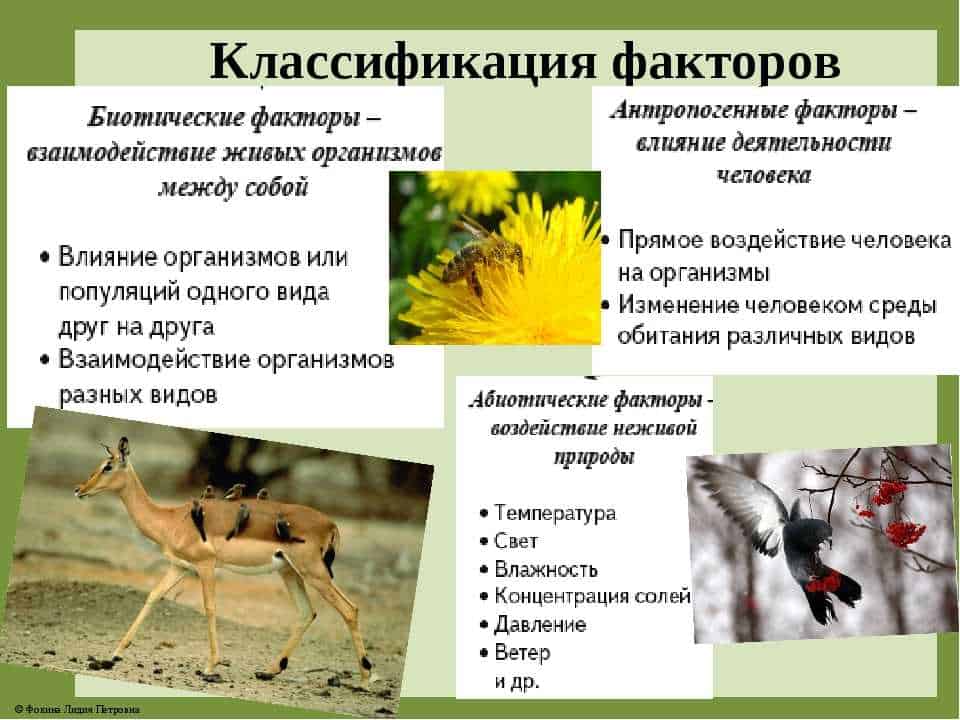
Anthropogenic activities have a significant impact on the migration of butterflies and can lead to serious consequences for the population of these insects. One of the main factors affecting the migration of butterflies is the destruction and loss of their natural habitats. As a result of the expansion of cities, the construction of roads and industrial facilities, entire areas with suitable conditions for butterflies, such as meadows, fields and forests, are disappearing.
Another factor affecting the migration of butterflies is environmental pollution. The use of pesticides and chemical fertilizers in agriculture can negatively impact butterfly populations. They may die from intoxication or lose their food sources due to the destruction of the plants on which they live and breed.
Also, anthropogenic climate change can have a major impact on butterfly migration. Changing temperature conditions and seasonality can disrupt their life cycle and lead to a reduction in their migration routes. Butterflies may not be able to adapt to new conditions and disappear from certain regions.
In general, anthropogenic activities have a negative impact on the migration of butterflies, threatening their survival and diversity. To save the butterfly population and their migrations, it is necessary to take measures to protect and restore their natural habitats, reduce the use of chemicals, and reduce greenhouse gas emissions to combat climate change.
Protecting Butterfly Migrations: Diversity Conservation Measures
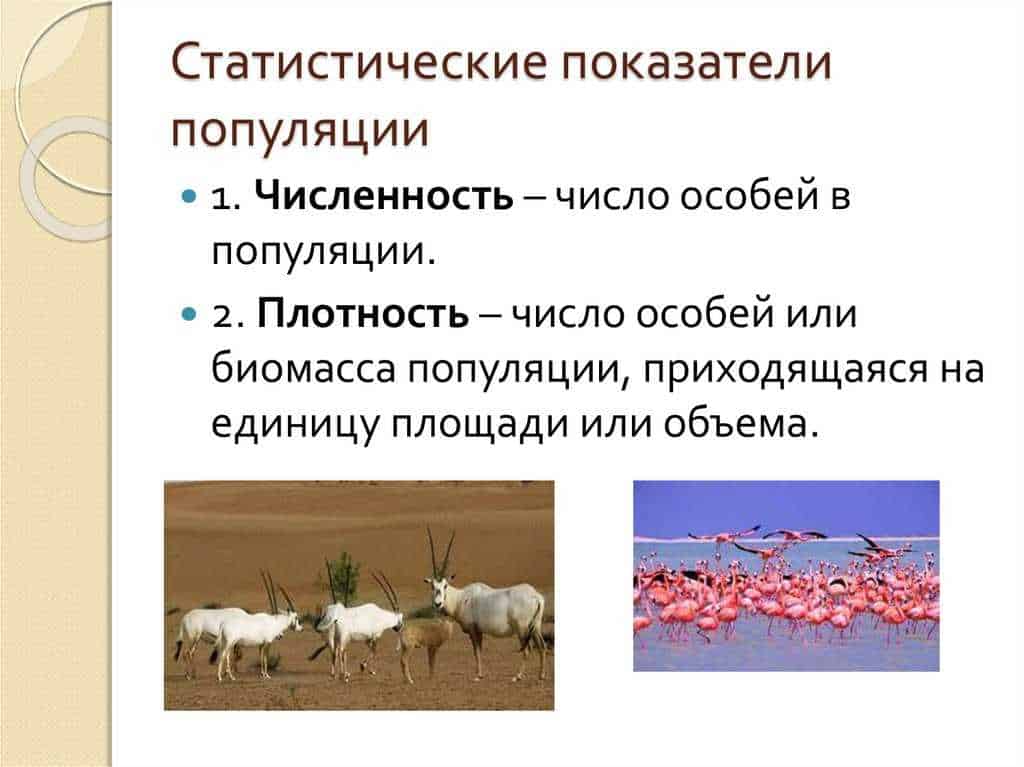
Butterfly migrations are an important phenomenon in nature, which contributes to the preservation and diversity of the population. One of the ways to protect butterfly migrations is to create special reserves and national parks, where the preservation of their habitats is ensured.
An important measure for the protection of butterfly migrations is also the conduct of educational programs and information campaigns aimed at raising public awareness of the importance of their migrations. This helps to draw attention to the problems associated with the loss of habitats and the destruction of their migration routes.
One of the key measures to preserve the diversity of butterflies is also the control of the use of pesticides and insecticides. They can negatively impact butterfly populations and migration, so strict rules and regulations need to be developed for their use.
Another important measure is the creation of special gardens and orchards where plants are grown that attract butterflies. This creates favorable conditions for their reproduction and feeding, and also contributes to the preservation of their migration routes.
In general, the protection of butterfly migration requires an integrated approach and joint efforts on the part of scientific researchers, conservation organizations and the public. This is the only way to ensure the conservation and diversity of the butterfly population and preserve their unique migrations.

